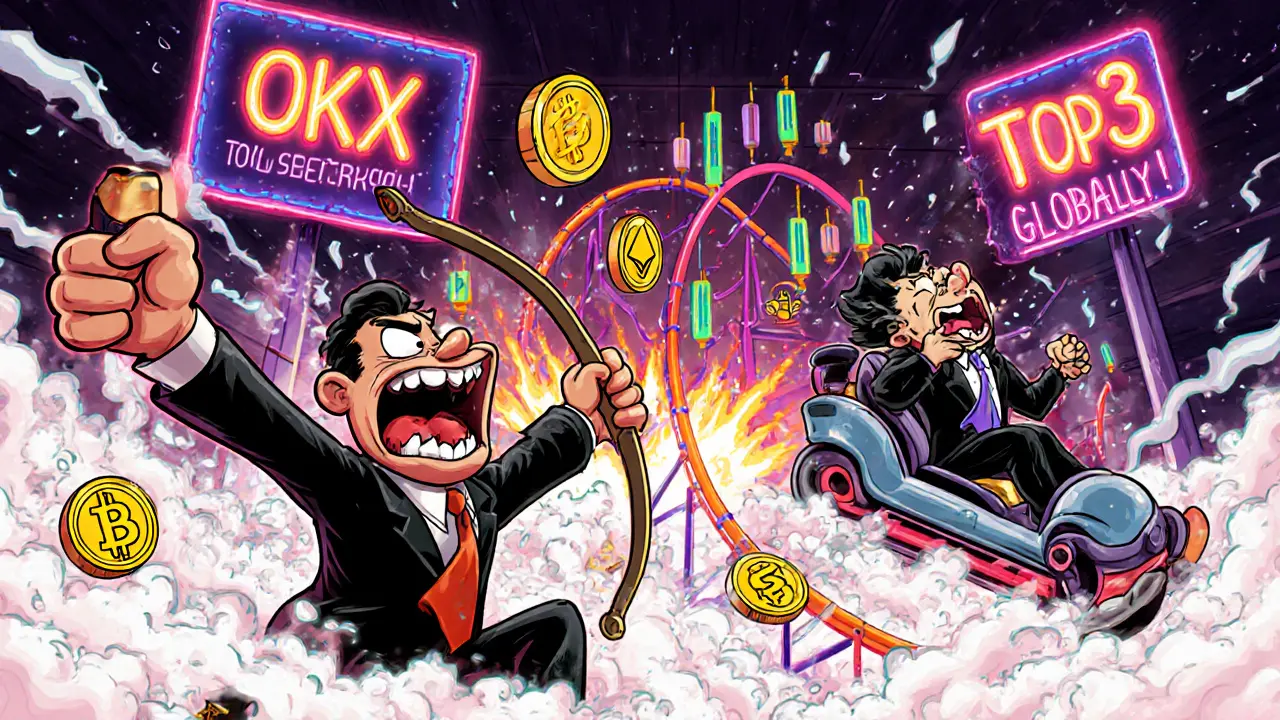OKX Trading Fees: What You Really Pay to Trade on OKX
When you trade on OKX, a major global cryptocurrency exchange offering spot, futures, and derivatives trading. Also known as OKX Exchange, it's one of the top platforms used by traders who want low fees and deep liquidity. But knowing the headline fee rate isn’t enough—what you actually pay depends on your trading style, volume, and whether you’re making or taking orders.
Maker-taker fees, a fee structure where users who add liquidity (makers) pay less than those who remove it (takers). This system is standard across most top exchanges, including OKX. On OKX, makers often pay as low as 0.02%, while takers pay around 0.05%—but those numbers drop if you hold OKB, OKX’s native token. Holding just 100 OKB can cut your fees in half. That’s not a gimmick—it’s how exchanges keep high-volume traders locked in. Compare that to smaller exchanges that charge 0.1% or more across the board, and you start seeing why OKX attracts serious traders.
But fees aren’t the whole story. Trading volume, the total value of assets traded over a set period, which directly impacts fee tiers and liquidity. Also known as market depth, it’s what keeps spreads tight and orders filled without big price swings. If you’re trading large amounts of BTC or ETH, low fees mean nothing if the spread is wide or your order slippage is 2%. OKX’s high volume means tighter spreads than most competitors, which saves you more than any fee discount ever could. Meanwhile, low-volume tokens on OKX? Those can still have hidden costs—high slippage, thin order books, and fake volume from bots.
And don’t forget about withdrawal fees, the cost to move crypto off the exchange to your own wallet. Also known as network fees, they vary by coin and blockchain congestion. OKX usually charges flat rates for withdrawals—like $1 for USDT on Tron or $5 for ETH—but during network spikes, those can jump. Some exchanges hide these behind vague terms like "network costs." OKX is upfront, but you still need to check before you cash out.
What you’ll find in the posts below isn’t just a list of fee numbers—it’s real-world breakdowns from traders who’ve been burned by hidden costs. You’ll see how OKX compares to Binance, Bybit, and Coinbase in actual trading scenarios. You’ll learn which coins have the lowest fees, which ones are traps, and how to use OKB to slash your costs. Some posts even show how traders turned a 0.05% fee into a 0.01% edge by timing their trades and stacking OKB. This isn’t theory. It’s what works on the ground.
